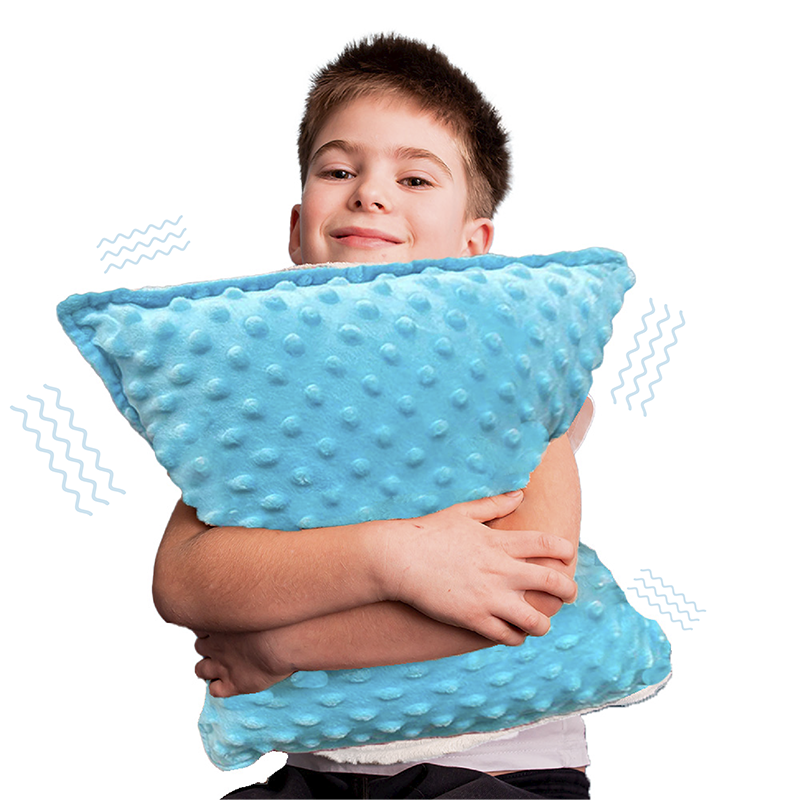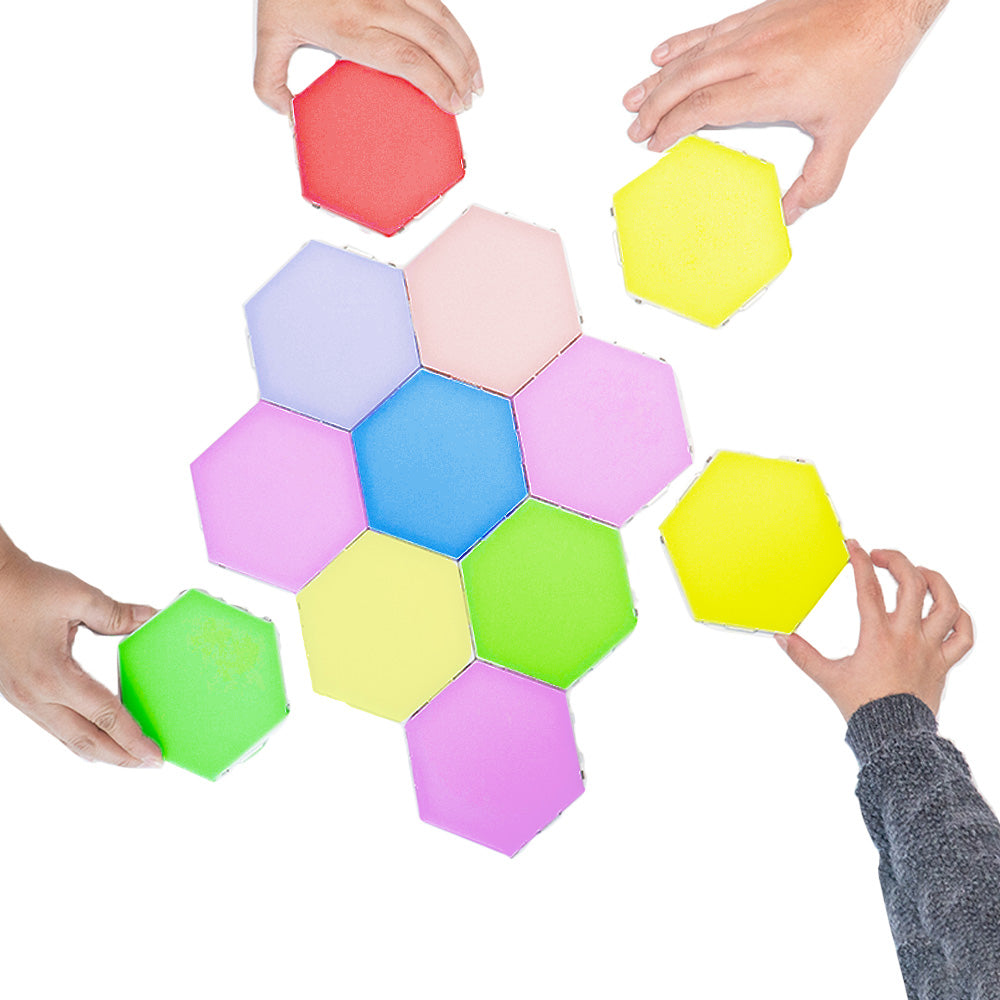
Our brains are truly amazing, aren’t they?
Have you ever watched one of those specials on someone who experienced an amazing, unexpected recovery after a traumatic brain injury, stroke, or other brain damage?
Some of those stories seem like the only explanation is magic.
Although it certainly seems inexplicable, scientists have been hard at work studying exactly these cases over the last several decades, and have found the explanation behind the magic: neuroplasticity.

In a way, our brains are malleable like plastic, in the sense that new neural pathways can be created through the act of consistently practicing new habits and behaviors; hence the term neuroplasticity: plastic is invoked because of its inherent pliability—“the brain is more pliable…between birth and two years of age, between 4 and 6 years of age, and around puberty.”—children and students diagnosed as being on the autism spectrum respond most favorably to therapy if the instruction begins at a relatively young age
Neuroplasticity allows the neurons (nerve cells) in the brain to compensate for injury and disease and to adjust their activities in response to new situations or to changes in their environment.

In this way, neural pathways are ‘roads’ or grooves, of sorts. According to the Center for Healthy Minds, when you establish a new routine or habit, such as practicing the piano or walking every day, the neurons in your brain fire off and create new pathways in the brain.
When given a challenging situation your brain hasn’t encountered before, it can reorganize and restructure to respond to that situation. The more often your brain is exposed to that new challenge—like learning a musical instrument, for instance—the more it reorganizes and makes that path more established.
When we learn something new, we create new connections between our neurons. We rewire our brains to adapt to new circumstances. This happens on a daily basis, but it’s also something that we can encourage and stimulate.

Children with nervous system dysfunctions such as autism, Asperger’s, sensory processing disorder (SPD), attention deficit (hyperactivity) disorder (ADD/ADHD), and learning disabilities can improve their motor control and cognitive functioning when the sensory system is targeted.
Brain plasticity means the overall nervous system is malleable (can be changed and improved), and science has proven neuroplasticity lasts throughout our lifetime. Even the elderly can do things on the sensory level to improve their brain/body function at the high-end level.
Consistent therapy sessions incorporating cognitive behavioral therapy will help the most, as there are usually multiple issues to be addressed beyond the physical—such as emotional health. One indicator of emotional health is recognizing the need to self-regulate one’s emotions and reactions to events in our everyday lives.

Occupational therapists not only have the programs and tools to use in-office, but they can teach you how to follow through and implement the therapies at home.
When therapist, parent, and child all work together, miracles in the form of little leaps and bounds in functioning can happen!













2 comments
Autism
I have peripheral neuropathy and have difficulty keeping my balance while standing still. I sense that my autonomic function is affected ( I also have central sleep apnea for example). My diagnosis is CMT, but second opinions are idiopathic pn. One neurologist mentioned slowed neuropathway response. Can nuroplasticity improve my situation?
Leave a comment